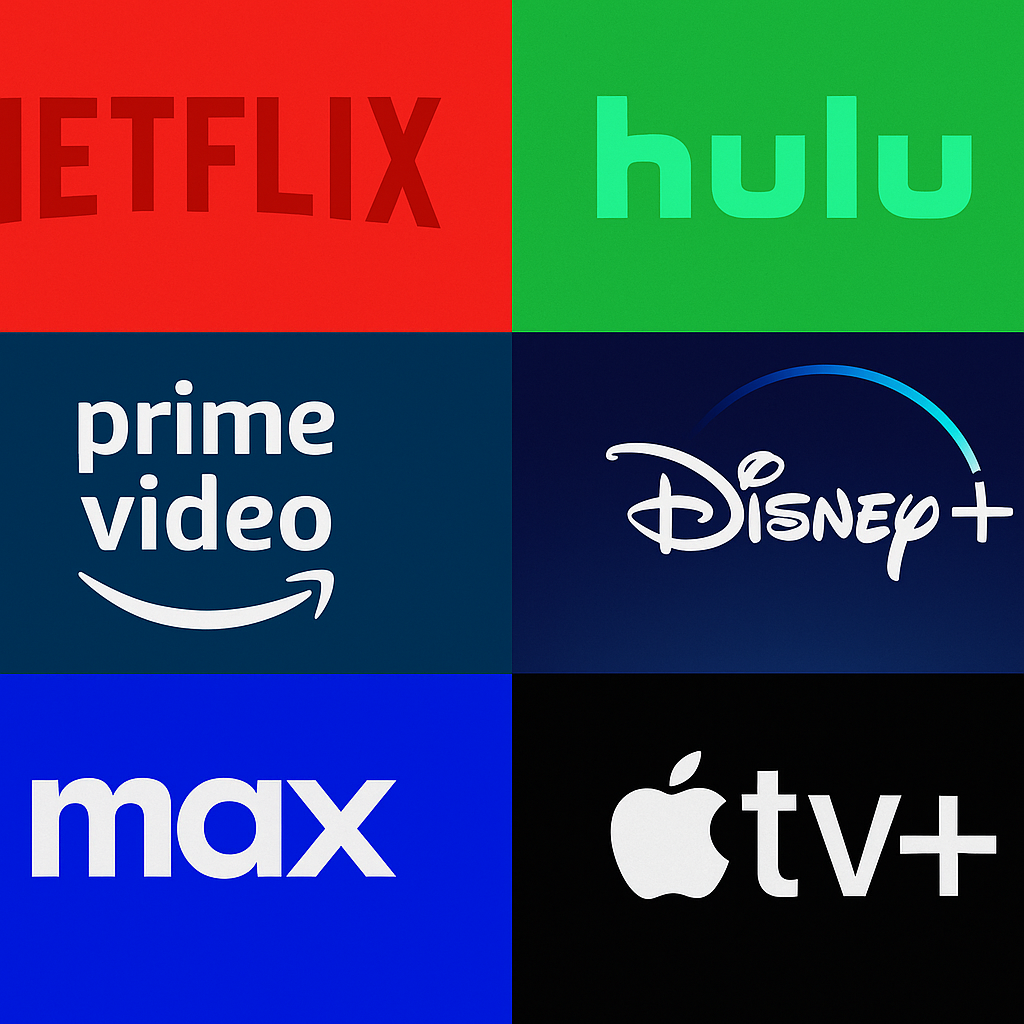In recent years, the way we consume television has undergone a dramatic transformation. Traditional broadcast TV is no longer the dominant force it once was. In its place, streaming services, IPTV platforms, and on-demand content have risen to prominence—reshaping the future of digital entertainment.
This article explores how streaming is changing television, what it means for consumers, and how technologies like IPTV are central to this revolution.
The Shift from Traditional TV to Streaming
The average viewer is no longer tethered to a schedule or limited by a satellite dish. With fast internet connections and powerful smart devices, streaming has become the new norm.
Key Reasons Behind the Shift:
-
Convenience: Watch anytime, anywhere.
-
No Commercials: Many platforms offer ad-free experiences.
-
Cost-Efficiency: Cut the cord and save on high cable bills.
-
Diverse Content: Niche shows, international series, and exclusive originals.
What Are Streaming Services?
Streaming services allow users to watch video content over the internet, usually through apps or websites. Unlike traditional TV, there’s no need for cable infrastructure.
Popular Types of Streaming Services:
-
Subscription-Based: Netflix, Disney+, HBO Max
-
Free (Ad-Supported): Pluto TV, Tubi, Crackle
-
Live TV Streaming: YouTube TV, Sling TV, Hulu + Live TV (often powered by IPTV technology)
These services differ in pricing, content, and delivery models, but all rely on broadband connectivity and cloud infrastructure to function.
IPTV vs. Streaming Services: What’s the Difference?
While both IPTV and streaming services deliver content via the internet, they’re not exactly the same.
| Feature | IPTV | Streaming Services |
|---|---|---|
| Delivery Method | Through dedicated IPTV protocols | HTTP/HTTPS over the web |
| Channel Access | Live TV, VOD, catch-up | Mostly on-demand |
| Setup | Often needs playlist or IPTV box | Apps/websites on smart devices |
| Legal Clarity | Can vary by provider | Fully licensed platforms |
Essentially, IPTV can be seen as a broader term that includes some live streaming services. However, Netflix or Amazon Prime Video are not IPTV—they use a different delivery architecture.
The Role of Smart Devices in the Streaming Revolution
The growth of smart TVs, smartphones, and Android TV boxes has made it easier than ever to consume digital content. Many devices come preloaded with streaming apps, or allow quick downloads from app stores.
Most Common Devices for Streaming:
-
Smart TVs
-
Amazon Fire Stick
-
Android Boxes (e.g., Nvidia Shield)
-
Roku Devices
-
Gaming Consoles (PS5, Xbox Series X)
This device compatibility enhances user freedom, supporting everything from VOD apps to full IPTV interfaces.
Emerging Trends in Digital TV and Streaming
To order iptv subscription click here.
1. FAST Channels (Free Ad-Supported TV)
Channels like Pluto TV and Samsung TV Plus mimic traditional TV—but are completely free and run via the internet.
2. Hybrid Models
Platforms now combine live TV, on-demand, and DVR features into one service (e.g., Hulu + Live TV).
3. AI-Driven Recommendations
Machine learning helps platforms deliver more personalized content suggestions, increasing viewer satisfaction.
4. 4K and HDR Streaming
High-resolution content is no longer a luxury. Many services now support 4K HDR, Dolby Vision, and Atmos audio.
How This Affects Content Creators and Broadcasters
Streaming and IPTV have democratized content distribution. Independent creators and niche networks now have direct access to global audiences. Meanwhile, traditional broadcasters are racing to build digital platforms to stay relevant (e.g., CBS All Access becoming Paramount+).
Benefits for Content Creators:
-
Direct monetization options (subscriptions, ads, rentals)
-
Global exposure
-
Data-driven content optimization
Challenges in the Streaming Era
Despite its popularity, the streaming world faces several challenges:
-
Subscription Fatigue: Users are overwhelmed with too many platforms.
-
Piracy: Unlicensed IPTV services contribute to content theft.
-
Internet Accessibility: Not all regions have fast or affordable broadband.
-
Content Licensing Wars: Competition for exclusivity is fragmenting content libraries.
The Future of TV: What’s Next?
Here’s what the next decade of digital television may look like:
-
More Integration: Unified platforms combining live, VOD, and apps.
-
Interactive Content: Think Bandersnatch-style experiences.
-
Virtual Reality and Immersive Media: Enhanced user experiences beyond the flat screen.
-
Decentralized Streaming (Web3): Blockchain-based platforms offering more control to creators and viewers.
Frequently Asked Questions (FAQs)
1. Is IPTV part of the streaming revolution?
Yes, IPTV is a key player in the broader movement toward internet-based content delivery.
2. Are streaming services replacing cable?
Yes, millions are canceling cable in favor of cheaper, more flexible streaming platforms.
3. Can I access live TV via streaming?
Absolutely. Services like YouTube TV and Sling offer live TV over the internet.
4. Are there free streaming options?
Yes, platforms like Pluto TV, Tubi, and Peacock offer free, ad-supported content.
5. Will streaming get more expensive?
Possibly. As competition grows and content becomes exclusive, platforms may raise prices or bundle services.
6. Do streaming platforms support multiple users?
Yes, most allow multi-user profiles and simultaneous streams, especially on family plans.
Final Thoughts
We are living in the golden age of digital television. As streaming services and IPTV platforms continue to innovate, they are reshaping the entertainment industry for the better. The key for users is to stay informed, choose the right services for their needs, and embrace the flexibility that modern content delivery provides.
Whether you’re a viewer, a creator, or a tech enthusiast, one thing is clear: the future of TV is online.

